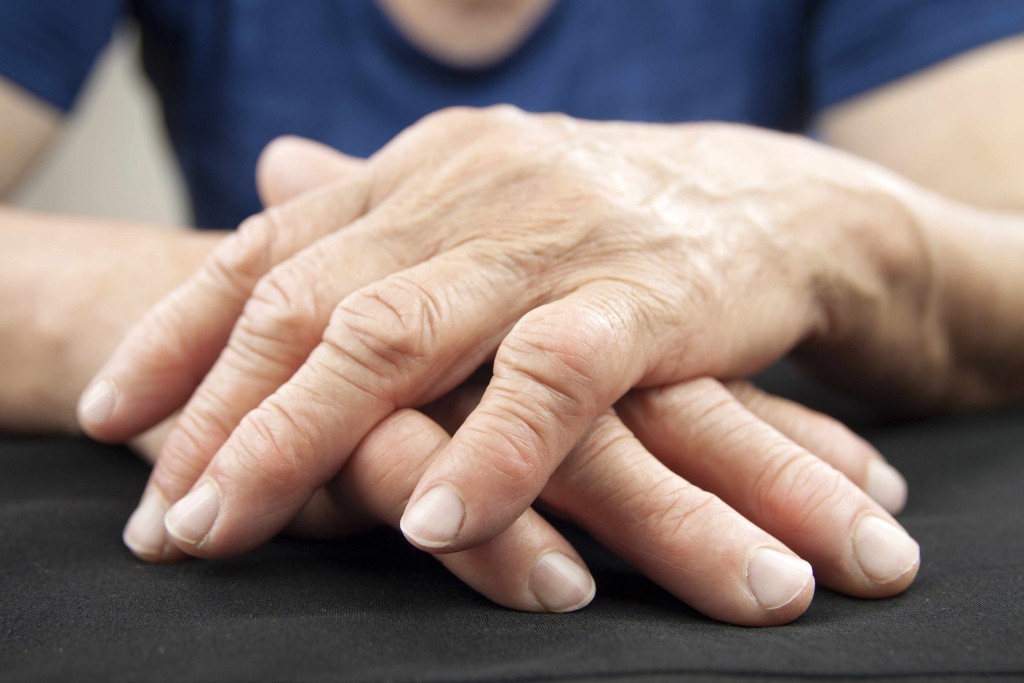-
Mayo Clinic Q and A: Genetic, environmental factors appear to play a role in risk for RA
DEAR MAYO CLINIC: My daughter, 31, was recently diagnosed with rheumatoid arthritis. Do doctors know what causes the disease, especially at a young age? Will she need to be on medication for the rest of her life?
ANSWER: The precise cause of rheumatoid arthritis, or RA, remains unclear. However, both genetic and environmental factors appear to play a role in raising a person’s RA risk. Because we do not know the exact cause, we do not have a cure for RA. Most people with this disease do need long-term treatment.
Rheumatoid arthritis is a kind of disease known as an autoimmune disorder. These disorders happen when your immune system mistakenly attacks your body’s own tissues. In RA, the immune system attacks the lining of the membranes that surround your joints, called the synovium. That causes inflammation. The inflammation, in turn, thickens the synovium, which can eventually destroy the cartilage and bone within the joint. The tendons and ligaments that hold the joint together weaken and stretch. Gradually, the joint loses its shape and alignment.
RA symptoms typically include joint stiffness and pain. Joints also may become swollen. Early rheumatoid arthritis tends to affect smaller joints first — particularly those in the fingers and toes. As the disease progresses, symptoms often spread to the wrists, knees, ankles, elbows, hips and shoulders.
Although it is not clear what triggers the process of RA to begin, current research indicates that people can inherit a number of genes that may predispose them to the disease. More than 100 genes have been identified that each make a very small contribution to the risk of getting RA. It is not known how many of these genes a person has to have to significantly raise his or her likelihood of developing RA. But chances are good that it needs to be more than one.
Currently, it is estimated that about 20 to 40 percent of a person’s risk of RA is inherited. The majority of the risk, however, appears to be related to environmental exposures. For example, smoking is a well-established RA risk factor. Being overweight is another risk factor. There also is great interest in the role that bacteria living in our guts — the so-called “microbiome” — may play in RA.
The reality is that we understand a relatively small amount about how the environment contributes to RA development, and how that contribution interacts with genetic risk factors. It seems that when young people like your daughter get RA, it speaks to the strength of a genetic component in this disease. But right now that is only speculation.
Because no cure for RA exists, treatment focuses on controlling and managing symptoms. A variety of medications are available that can help reduce joint inflammation, relieve pain and prevent or slow joint damage. In some people, early diagnosis and prompt treatment can result in a remission of symptoms that may last for quite some time. In order to sustain symptom-relief, though, they need to keep taking the medication.
In addition to medication, physical therapy also can be useful in easing RA symptoms. Lifestyle choices may help, too. Gentle exercises can strengthen muscles around the joints, for example, and staying at a healthy weight can avoid excess stress on the joints.
Encourage your daughter to talk with her doctor about medication and other RA treatments that best suit her needs. Together, they can craft a treatment plan to help her manage the disease long-term. — John Davis, III, M.D., Rheumatology, Mayo Clinic, Rochester, Minn.
Related Articles







